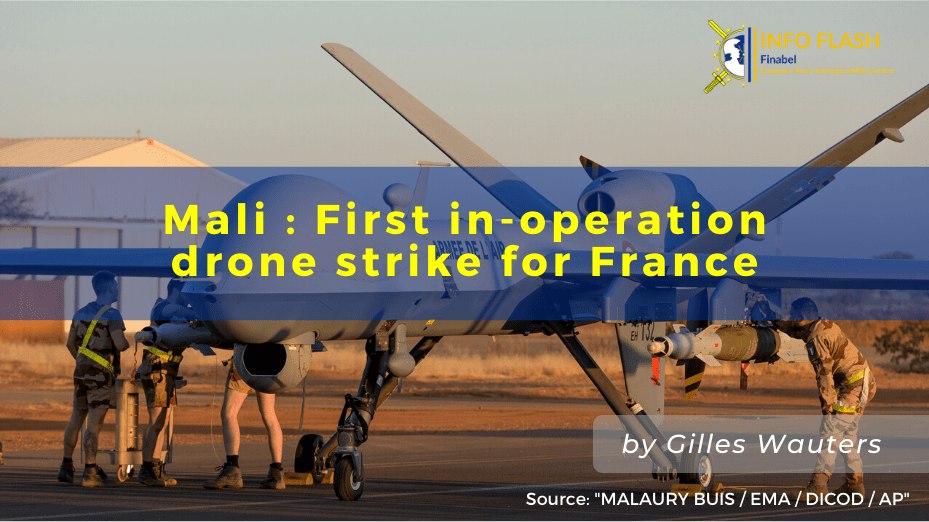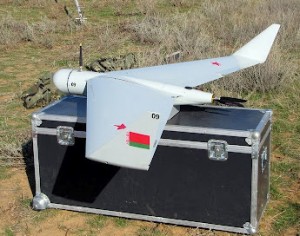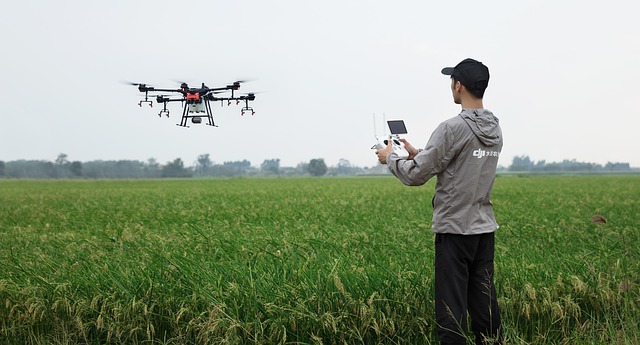
Weather experts are using drones to predict the track of a hurricane. In the past 30 year, advances in hurricane forecasting have made it possible for a storm to track and intensity with greater accuracy. Drones are also useful for detecting water in the ocean and measuring its strength and intensity before it becomes a hurricane. This article will examine the Percepto, Saildrone and Coyote drones.
Saildrone
The scientists working on Saildrone have shortened the drone's height from 16 feet to 10 feet, reduced its center of gravity, and strengthened its components. They have also added redundant technology and improved satellite connectivity. These improvements have made it possible for the team to collect data on ocean carbon levels. In the future, researchers hope to launch larger Saildrone ships. The scientists advise sailors to keep their sailboats in the sky during Hurricane Florence.
Coyote
Raytheon developed Coyote drones, a new technology that flies over a hurricane continuously in real time. This small flying robot has a GPS and a spring-loaded wing and can fly into hurricanes at low altitudes. They can detect storms in the process of becoming hurricanes and collect data. The U.S. Navy has funded funding for Coyote drones that will be used to monitor hurricanes.
Percepto
Florida Power and Light has begun to use Percepto drones as powerlines during recent hurricane season. The company has been working closely with the FAA in order to create optimized drone monitoring systems and ensure commercial drone regulations compliance. This technology allows power companies to fly BVLOS and monitor storm damage without risking staff safety. The company is testing six Percepto Sparrow drones currently at five locations. They plan to deploy them over all of its substations.

Coyote’s Infrared Sensor
The Coyote's infra-red sensor drones were tested during the 2014 Atlantic hurricane season and were highly effective in providing accurate data on storm conditions. During hurricanes, meteorologists need accurate storm conditions in order to forecast the severity of a storm. Drones that can continuously monitor hurricane winds are better than manned aircraft. They can also collect data using dropwind sondes, which can be used to aid forecasters.
S0 Air-Deployed UAS
In hurricane recovery efforts, S0 Air-Deployed UAS have proved their value. Irma, Hurricane Harvey, and Irma were both challenging. The primary flooding and secondary winds damage that Hurricane Harvey caused were more severe. Because Irma and Harvey had less residents and airspace traffic, teams faced fewer planning challenges. Additionally, there were no self-deployed or amateur drone operators that disrupted official UAS operations.
The Coyote range
Coyotes are threatening many livestock species, but their numbers have not declined. They have actually increased in number. Many people, including livestock farmers and ranchers, have started to hunt these scavengers because they threaten their livelihood. Hunting has many negative consequences. Before you can take any action, you need to be able to understand the coyote's behavior. These are some ways to get rid of coyotes.
Cost
Raytheon has produced a $22,000 drone. Droplets released into the atmosphere by drones can be used to measure weather conditions and collect data. These droplets can measure wind speed and temperature and can be released by drones during missions. Drones may be deployed during hurricanes to give forecasters real-time information. A drone powered by a battery can stay in flight for up to an hour. One droponde can last less than five minutes.

Safety
Drones are being increasingly used for disaster relief. The safety of drones during hurricanes is another example of this trend. According to Federal Aviation Administration, drone use that is not authorized could cause disruptions in rescue efforts or hinder first responders. Drone use for disaster relief and other emergency response activities is illegal under federal, state, or local laws. These are just three examples of the dangers posed by unmanned aircraft in hurricane relief.
Impact
Drones proved their usefulness in hurricanes. After Hurricane Michael, which was more powerful than Hurricane Katrina, Drones were used to assist. Drones were used in mapping out unsafe areas, locating power lines down, and destroying properties. This information enabled insurance companies and business owners start the claims process. Drones may provide important data to aid in disaster recovery.
FAQ
Which US states allow drones?
You can legally fly a drone for personal use. The Federal Aviation Administration (FAA), has established guidelines that allow the use of small unmanned aircraft systems (UASs). These UASs have to be registered with FAA before they are allowed to fly. If certain conditions are met, the FAA allows commercial operators to fly these UASs.
Traveling with a Drone?
Drones are becoming increasingly popular for both personal use and commercial purposes. They are used to film, fly, map, rescue and search and rescue. The FAA has recently approved several new drone regulations, which include requirements for registration, licensing, pilot training, and insurance. These changes will help ensure that drones remain safe for everyone involved.
Do I need any special training to fly drones?
No, you don’t have to learn any special skills in order for your drone to fly. You just need a remote-control unit and basic knowledge in flight mechanics.
Statistics
- Research and Markets predict a growth rate of 51.1% over the next five years. (thedroneu.com)
- According to industry research from ZipRecruiter , there are 10 cities where the typical salary for a Drone Pilot job is above the national average. (dronesgator.com)
- According to ZipRecruiter, the minimum hourly wage of drone pilots is $20. (thedroneu.com)
External Links
How To
What Is A Battery Pack, And How Do I Replace It?
A battery pack is what powers the motors of your drone. These packs provide enough power to keep your quadcopter in flight safely and smoothly.
A new drone will likely not have any noticeable differences in its battery pack. Your battery pack will gradually wear down over time. You might lose your drone's ability to function properly. To make sure that your drone is still functioning properly, you will need to replace its battery.
It is best to replace a battery pack with the original part. If you install a faulty pack, your drone could be damaged.
Follow these steps to replace a battery.
-
Disconnect the battery connector cable. This will ensure that your drone does not receive any current. To disconnect the battery connector cable, simply pull it away from the drone.
-
Unscrew the battery pack. Unscrew your quadcopter's battery pack. The battery pack usually comes apart into two pieces.
-
Find the battery contacts. After you've taken out the battery pack, search for the battery contacts. These small metal pins connect the battery to the rest of the components inside the drone.
-
Next, install the new battery. Next, insert the new battery into your drone. You will need to align the battery connectors from both ends of the battery package. Next, place the battery pack on the drone. Once you have done that, tighten the bolts that hold your battery pack in its place.
-
Connect the battery connector cable again. After installing the new battery pack, reconnect the battery connector cable to the drone.
-
Make sure to test the drone. Before flying your drone again, check whether it still operates correctly. Congratulations!